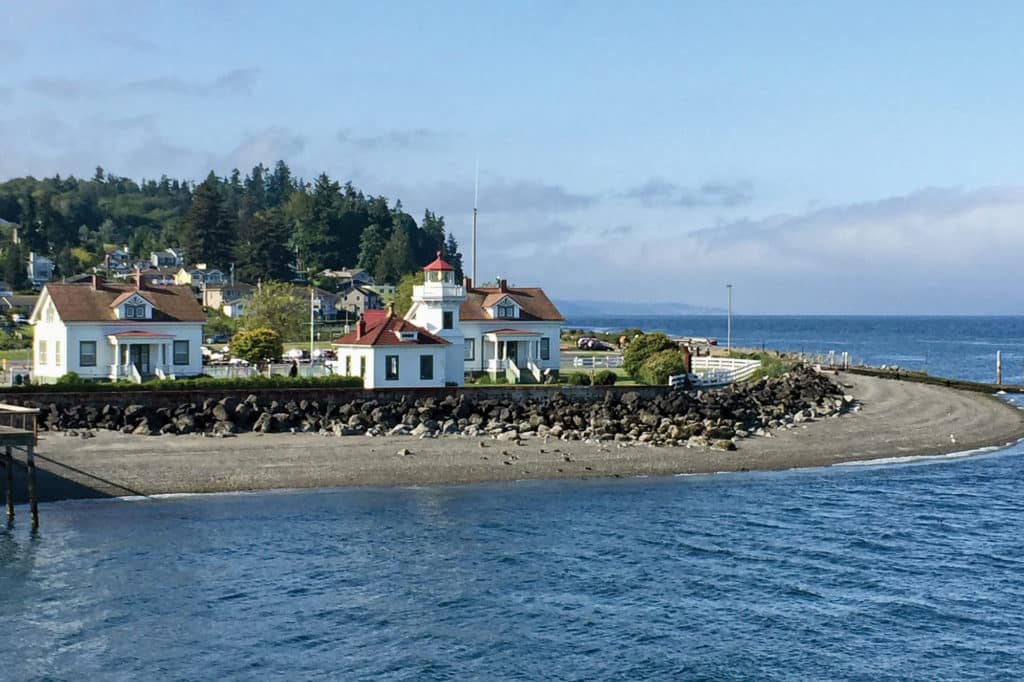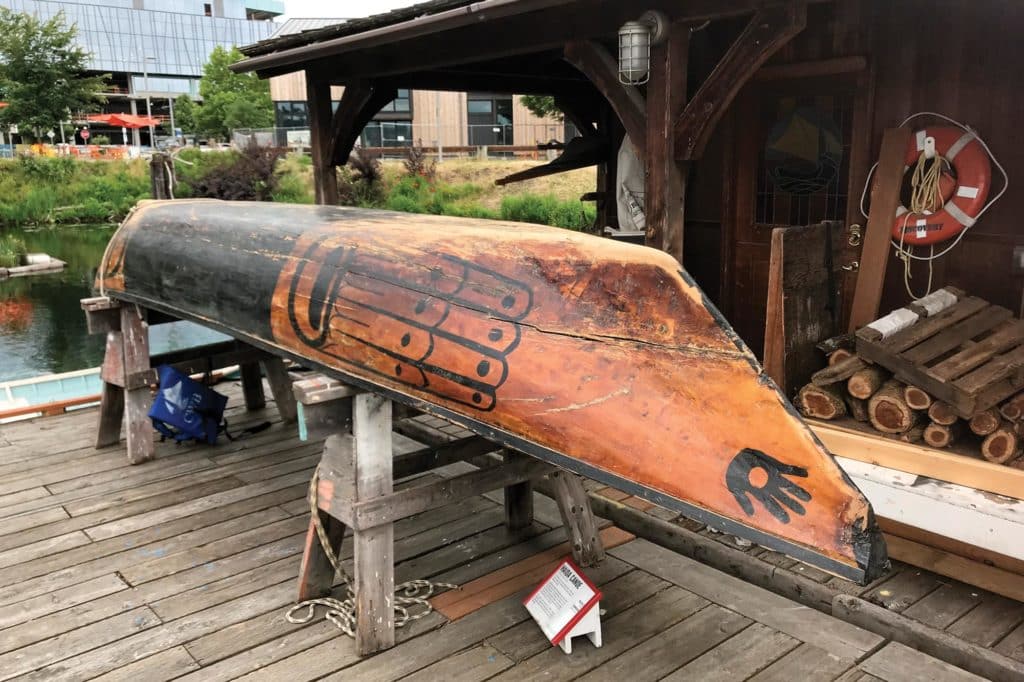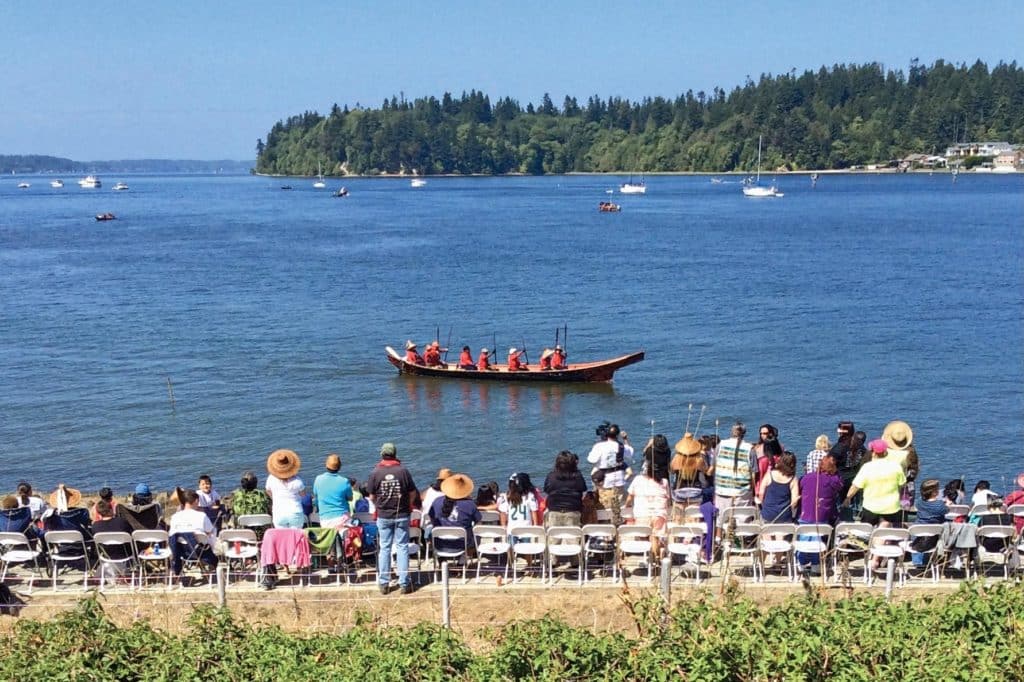
Sailing is an activity steeped in the past. Who has not cruised by an old wharf or a crumbling pier and wondered what was there before? Or encountered a vintage vessel and imagined its glory days? Sailors are confronted with history and tradition at every tack and jibe. Recognizing this point, in 2019, Congress created the first National Heritage Area dedicated solely to maritime themes. It includes 3,000 miles of shoreline along the Pacific Coast and the Salish Sea, encompassing Puget Sound, the Strait of Juan de Fuca, and the Strait of Georgia. This place, where inlets wind through mountains and forests of cedar and Douglas fir, combines the natural and the cultural to form distinctive communities that have been connected by water for centuries.

The Maritime Washington NHA features many types of historic resources: buildings, lighthouses, boats, wharves, marinas, yacht clubs, museums and even events such as festivals. It celebrates the canoe cultures of the region’s Indigenous peoples in their past and current forms, recognizing their continued presence, as well as the age of exploration by tall ships and the development of marine industries along saltwater highways. The NHA also honors the growth of recreational boating and its role in local economic and social activity.
Read More: Exploring the Salish Sea
These forces contributed to the development of the nation and continue to shape life on the Salish Sea. According to Allyson Brooks, Washington state historic preservation officer, the East Coast has long been recognized for its whaling and fishing past, but the Pacific Northwest’s maritime history has not received as much attention from national heritage and preservation efforts—until now. “This is a wonderful way to highlight our role in maritime history,” she explains. Chris Moore, executive director of the Washington Trust for Historic Preservation, which manages the new NHA, agrees. According to him, the fact that Congress established this new heritage area “is a validation of our very rich maritime culture” and its national significance.

What does this mean for cruisers? During the next several years, the NHA will publicize and promote the seafaring stories of the Salish Sea, making them more accessible to the public through interpretation, education and outreach. Future projects could include waterfront signage, itineraries for water-based trails, and support and expansion of programs that link maritime communities with their history. “For people who enjoy the water,” Moore predicts, “the heritage area will enhance their experience.” Sailors will come away with a stronger sense of place and a connection to the unique waterways of the Pacific Northwest.








